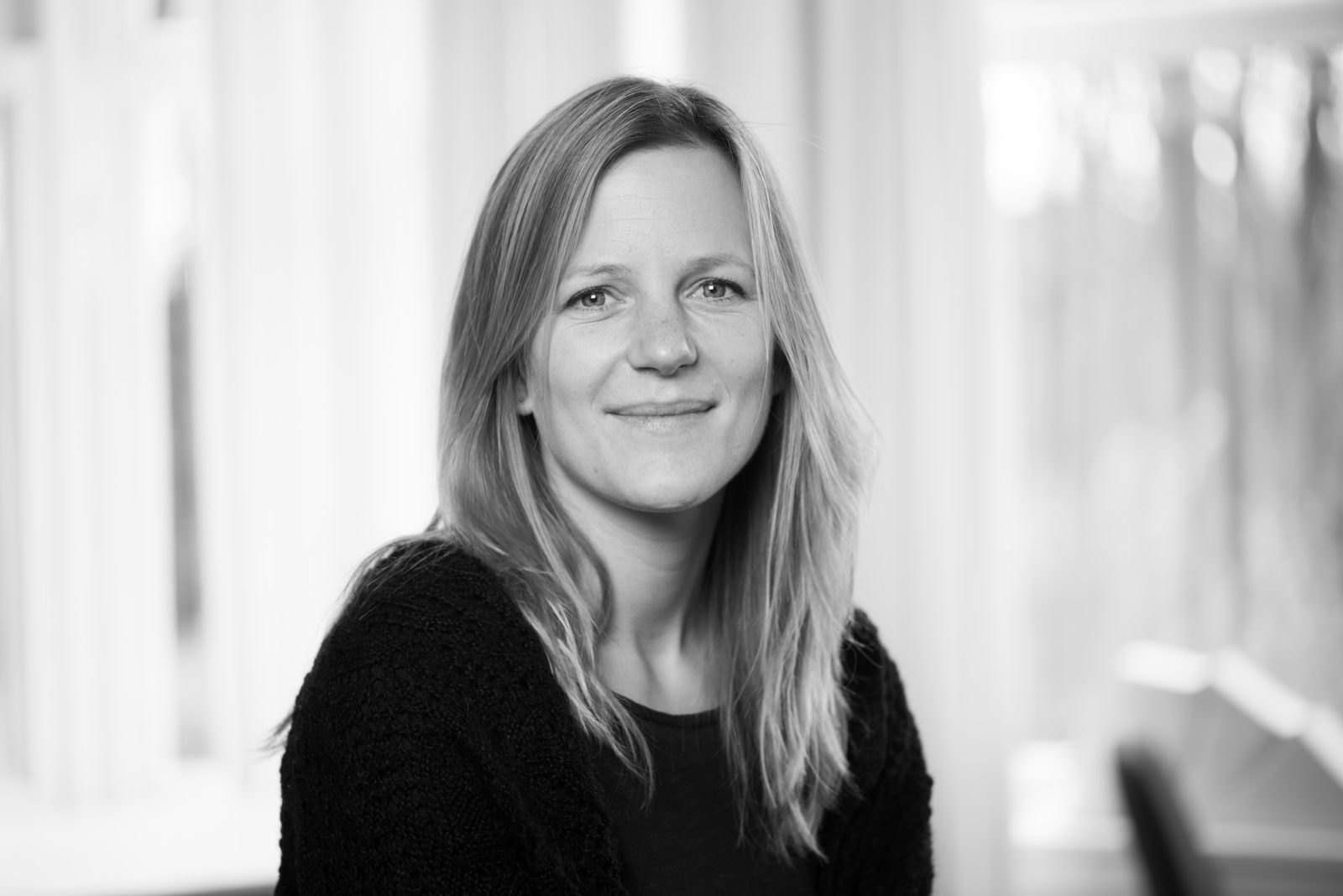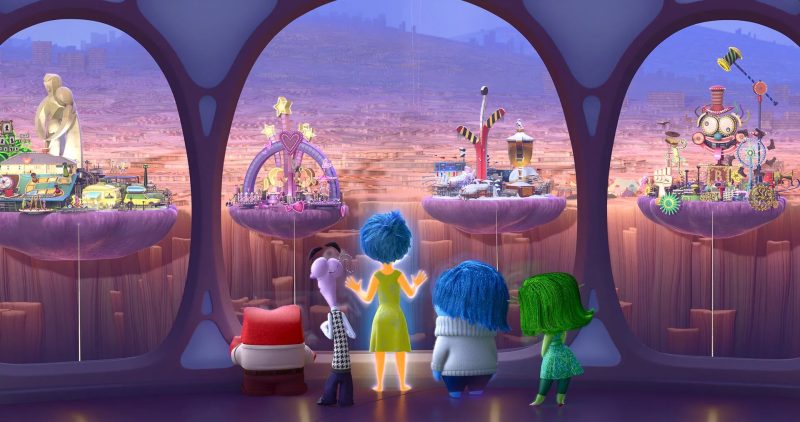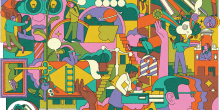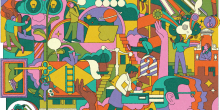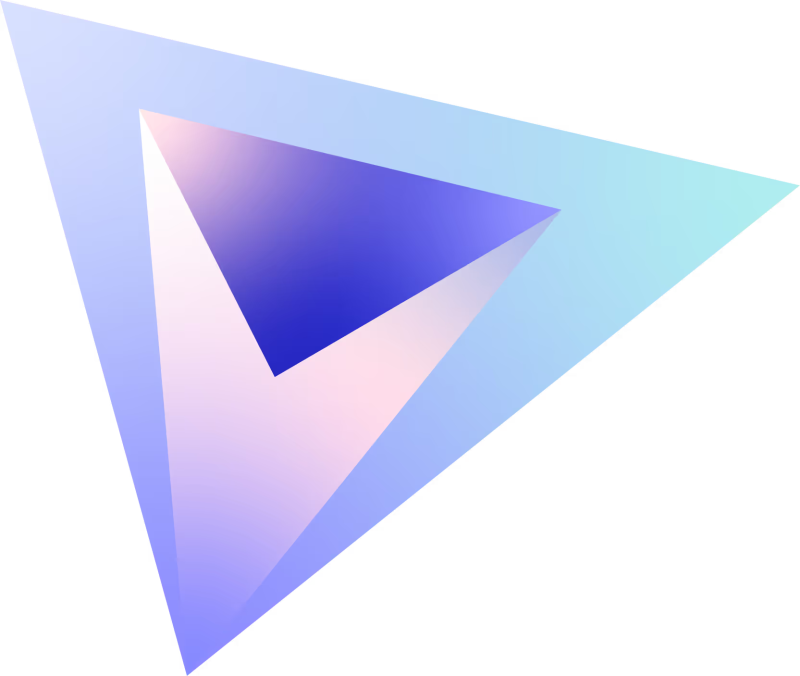Visualizing mathematics can be difficult. Especially for non-mathematicians, who may only remember confusing formulas, the shape of a parabola, or a right-angled triangle with sides 'a', 'b', and 'c'. To communicate the power and relevance of mathematics, there exist a variety of tools, one of which is storytelling. Marieke Drost is a lecturer in science communication at Leiden University, as well as a freelance science journalist and researcher. Before she started at Leiden University, she taught the course Analytic Storytelling to researchers in the NETWORKS research program. In this course, researchers learn how to write about their work for a broad audience through storytelling in three workshops. Every participant chooses a topic of their choice and starts writing a non-academic article. In the sessions that follow, feedback is exchanged between participants, new techniques are tried and the articles are improved version by version. At the end of the course, each article is published on the Network Pages. As such, many of the articles on the Network Pages are the result of the Analytic Storytelling course! As an ex-participant of the course, I interviewed Marieke seeking to learn more about how the course came to be and how Marieke experienced teaching it.
Good to see you again and thanks for taking the time to meet with me today. How did you get to the point of teaching mathematicians to write for a broad audience?
Good to see you too, I'm happy to be talking to you. I was trained as a historian. First I studied Cultural History and then I specialized in History of Science at the Descartes Centre in Utrecht. I have always been interested in the intersection of culture and science. My goal was to become a journalist, but I was told: "If you want to become a journalist, don't study journalism." Looking back I'm not sure I agree with that advice. After my studies I started working at a public broadcasting company in the Netherlands, the NTR, doing mainly programs about science for the radio. After some time I wanted to diversify, and diversify I did. The work I did as a freelancer included an exhibition, a chapter for a book, several radio documentaries. As a freelancer, however, you have to be very entrepreneurial. You need to be very proactive in securing and doing many projects simultaneously. This is not my style. I prefer doing projects in a less fast-paced environment, but that sadly does not pay too well. Since I also really enjoy teaching, I started working at the company Analytic Storytelling, teaching training courses to junior scientists who wanted to become better at explaining complex topics in an accessible and engaging way. Through that job I gave courses in various universities to scientists from various fields. Eventually, the company Analytic Storytelling and the Network Pages started a collaboration, which is how I got involved with NETWORKS.
How is the course for the Network Pages different from what you taught elsewhere?
Analytic Storytelling, as a company, has developed its own method for turning scientific topics into accessible stories. This method focuses more (though by no means exclusively) on getting information across, and on activating audiences. The workshop for the Network Pages, the one you took, was more about creative writing, and less purpose-driven. I like to work on how to fascinate an audience using your own interest and your own passion. You may remember that in the first session we did an exercise that had nothing to do with math or science. The exercise was all about how 'show, don't tell': I gave you a statement, like 'he was terribly homesick', and you had to describe that without saying it. In these little exercises we tap into participants' pre-existing intuitive storytelling knowledge. Seeing the kind of stories that came out of that was awesome! Every edition produced at least three good ideas for a children's book or for a YouTube animation or the like. And do you remember the 'story spine' exercise, where we took turns finishing a sentence, which resulted in a story that we created together?
Certainly, it was very stressful. Then we got to write a story on our own, which was a relief at that point.
Exactly, that was on purpose! First, you have to let go of control when writing a story together. Then, you get the control back and write your own story. No one is looking over your shoulder, you don't even have to read it if you don't want to. It's a little didactic trick.
I think these exercises really help to unlock people's creativity. Later in the course, when the participants start writing for the Network Pages, I purposefully do not give them an existing structure. I think mathematicians typically want some kind of precise instruction. So I do not give it to them. I do, however, guide them in finding the right structure for their story. I think it has worked out well because we have gotten very different story structures. One story I remember was just a dialogue!
So essentially, there is less focus on the mathematics itself and more on storytelling, because of two reasons. First, storytelling is simply not part of a mathematician's routine, even though all the participants are very creative and talented. Second, I do not have a PhD in mathematics, so it would be hard to help with that. I trust the researchers that they know the mathematics in and out.
What did you learn about mathematics and network science along the way?
I shouldn't answer, because then you're going to test my knowledge! On a serious note, working with mathematicians gave me a richer idea of the various branches of mathematicians. I also noticed how interdisciplinary the NETWORKS center is. Mostly, I got a glimpse into what mathematics looks like in the heads of experts.
Mathematicians are perhaps known to be difficult to work with sometimes. How did you experience this?
Not all all! No, I don't agree, and I think it is simply not true. I think this is a cliché. I worked with very kind and thoughtful people. Perhaps what I noticed is that some participants seemed fatigued with the fact that the world is scared of mathematics, that the world doesn't understand mathematics, or does not even want to understand mathematics. Still, it was rare.
An aspect that the mathematicians sometimes found difficult was writing to entertain, inspire and spark someone's interest, instead of just providing evidence or explaining. It's hard to do this and simultaneously do justice to the complexity of the material. But I don't think you need to sacrifice nuance to make a topic interesting.
What advice would you give to young mathematicians, or scientists in general, regarding science communication?
Science communication is a skill which you can develop it. A lot of what you learn taps into what you already know about communication. I think a big help is to tap into that intuition and don't overthink it too much. So for instance, when you're writing, try to write the way you would speak to a non-expert or a non-mathematician. A lot of insights are common sense, but we've forgotten it because we've learned to communicate in a specific academic way. And that's different per field. The academic way of writing is different between mathematics and physics, for instance. Additionally, resist the urge to immediately start to explain. Even if you are a brilliant educator or a brilliant explainer, you first need to capture the reader's attention.
What's next for you?
Right now, I'm a lecturer at Leiden University and I teach the course Science Journalism. It is part of our specialization in science communication, called Science, Communication and Society. I also worked on a museum exhibition about surveillance technology for the Wende Museum, which is still running. A digital tour is available here. Of course, I hope to work with more researchers from NETWORKS in the future.

